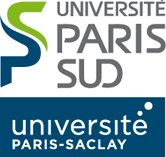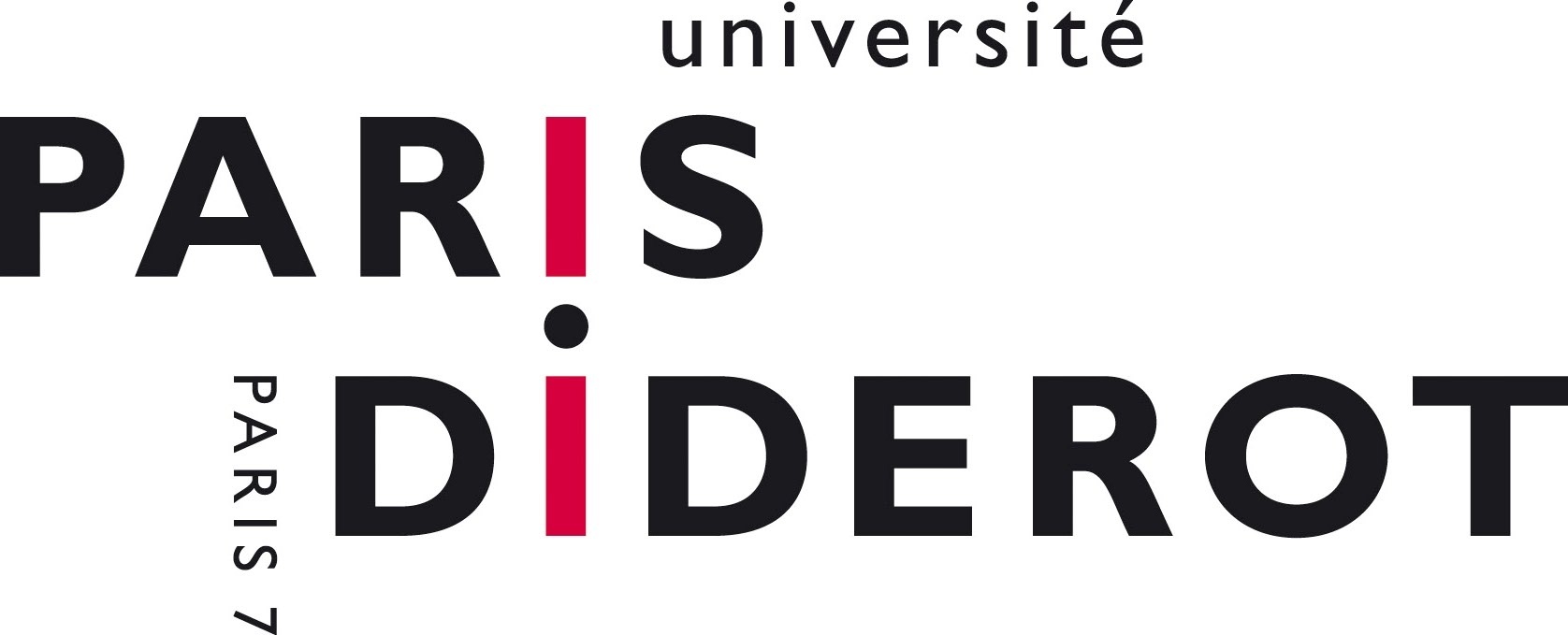ICODE workshop on numerical solution of HJB equations
Amphi Turing in Sophie Germain building
Paris Diderot University
Hamilton-Jacobi-Bellman (HJB) equations arise as the dynamic programming equations of deterministic or stochastic optimal control problems. They allow to obtain the global optimum of these problems and to synthesize an optimal feedback control, leading to a solution robust against system perturbations. This is why, although HJB equations suffer from the curse of dimensionality, there remains an important effort for their numerical solution.
The aim of the workshop is to gather researchers who work on different numerical methods for HJB equations or more generally PDE, with the aim to bypass the curse of dimensionality or at least to improve complexity: max-plus or tropical, Monte Carlo, machine learning, fast marching, computational geometry.
The workshop will take place in Amphi Turing of bat. Sophie Germain of Paris Diderot University.
You can find the Programme here and the slides of the talks below.
Confirmed list of speakers:
- Yves Achdou, UPMC & Université Paris Diderot
- Guillaume Carlier, Université Paris-Dauphine
- Jerome Darbon, Brown University: slides
- Maurizio Falcone, Universita di Roma La Sapienza: slides
- Roberto Ferretti, Rome tre: slides
- Thomas Gallouët, Inria and Université Paris-Dauphine: slides
- Stéphane Gaubert, Inria & CMAP, École polytechnique, IPP: slides
- Maximilien Germain, EDF R&D & Université Paris Diderot: slides
- Emmanuel Gobet, CMAP, Ecole polytechnique, IPP
- Laura Grigori, Inria & UPMC
- Lars Grüne, Universität Bayreuth: slides
- William McEneaney, University of California San Diego
- Yvon Maday, UPMC: slides
- Quentin Mérigot, Université Paris-Sud: slides
- Jean-Marie Mirebeau, Université Paris-Sud
- Mathias Oster, TU Berlin: slides
- Laurent Pfeiffer, Inria & CMAP, École polytechnique, IPP: slides
- Huyên Pham, Université Paris Diderot
- Luca Saluzzi, GSSI, L’Aquila: slides
Organizing and Scientific Committee:
- Marianne Akian, Inria & CMAP
- Frédéric Bonnans, Inria & CMAP
- Stéphane Gaubert, Inria & CMAP
- Quentin Mérigot, Université Paris-Sud
- Jean-Marie Mirebeau, Université Paris-Sud
- Hasnaa Zidani, ENSTA Paris
- Olivier Bokanowski, Université Paris Diderot
 |
 |
 |
 |
